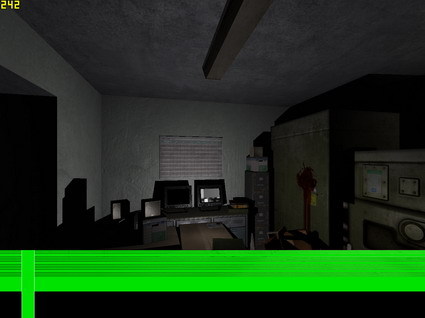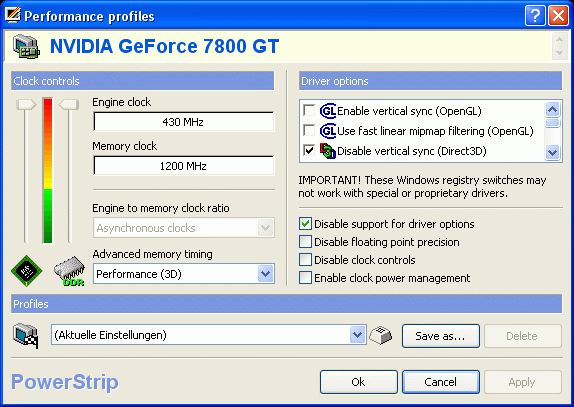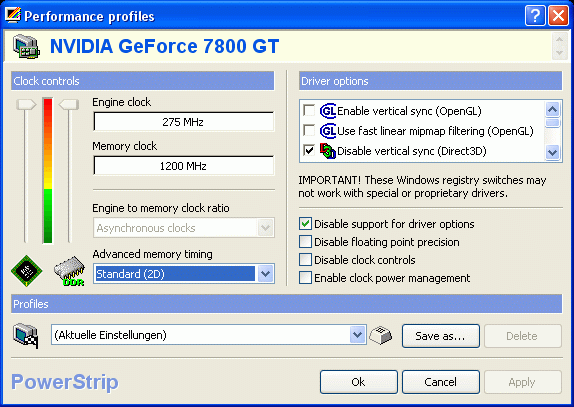Two's Company, Four's a WOW! Sneak Preview of NVIDIA Quad GPU Graphics
Performance: Staggering Under Its Own Weight
These benchmark scores need to be viewed with a charitable eye - after all, this concept is not yet fully functional and not officially supported by NVIDIA. According to Asus, our setup, consisting of an Asus A8N32-SLI Deluxe (Revision 2) and the two Extreme 7800 GT Dual cards, should work just fine. Indeed, our lab didn't run into any problems in 2D mode. At first, the same held true for 3D mode, when we tested Quake 4. At 86 FPS, the dual-chip card runs this game faster than a single GT but 5 FPS slower than a conventional GT-SLI setup. Using the v77.77 driver included by Asus', the card should be able to reach 91 FPS. The newer reference driver v81.95 pushes the SLI configuration of two conventional 7800 GTs to over 100 FPS.
However, after completing our benchmark run and rebooting the system, Quake 4 refused to start at all without producing a blue screen. On our first benchmark run, the synthetic benchmark 3DMark 2005 made it through the first of the three game demos, but then the system froze. Even before that, the image output was very jittery and not well synchronized. The following benchmark runs ran smoothly and completed without incident, aside from the problem with the fidgety image. The Quad setup's score of 11821 is a good 2400 points higher than that of two normal 7800s in SLI mode.
The game F.E.A.R. benefited the most from Quad SLI. The two Dual cards reached 92 FPS, while the two 7800 GTs together only managed 47 FPS. However, the image was corrupted in the lower third of the screen. Since a part of the image is rendered incorrectly, it isn't clear whether the benchmark results come from only the correctly displayed portion of the image (with the rest simply being ignored) or can truly be attributed to the Quad SLI setup.
Conclusion: Ignoring the driver's teething problems and the phenomenon regarding the image synchronization, it seems obvious what the future holds. SLI is no longer limited to only two chips or two cards. Whatever the future may bring, Tom's Hardware is looking forward to updates from Asus and further technical highlights.
You can see that the lower third of the image is garbled; the green bars are the balancing indicator for SLI mode. The frame rate counter in the top left corner shows a whopping 242 fps, with a theoretical maximum of 269 fps! The frame rate remained above 40 fps a good 98 percent of the time, dipping down to levels between 25 and 40 fps only 2 percent of the time. Since the frame rate never fell below 25 fps, we never had any annoying stuttering with this setup.
At 430/1200 MHz (GPU/memory), the Asus Extreme 7800 GT Dual runs at higher clock speeds than normal. (The standard GT chip is clocked at 400/1000 MHz.) In 2D mode, the memory stays at 1200 MHz, but the GPU slows to 275 MHz.
Get Tom's Hardware's best news and in-depth reviews, straight to your inbox.
Current page: Performance: Staggering Under Its Own Weight
Prev Page SLI Without A Bridge Next Page Test Setup

